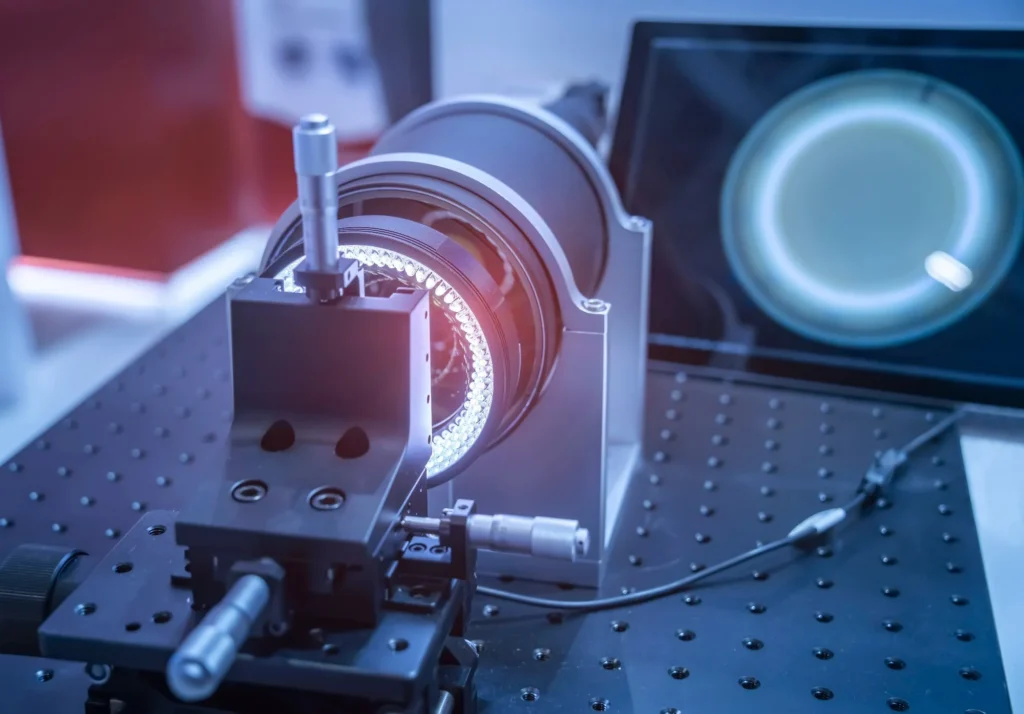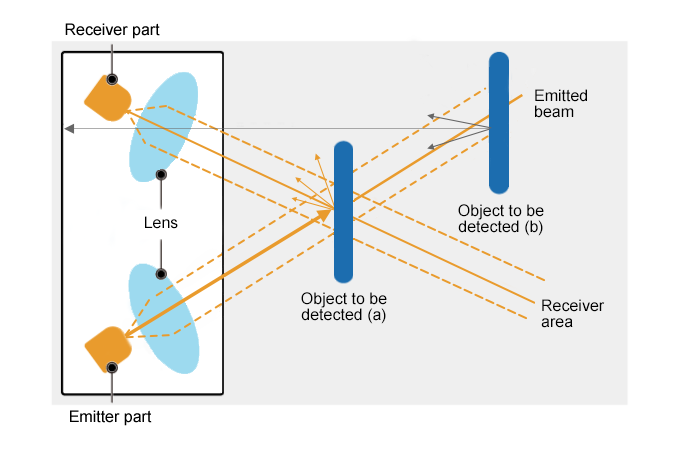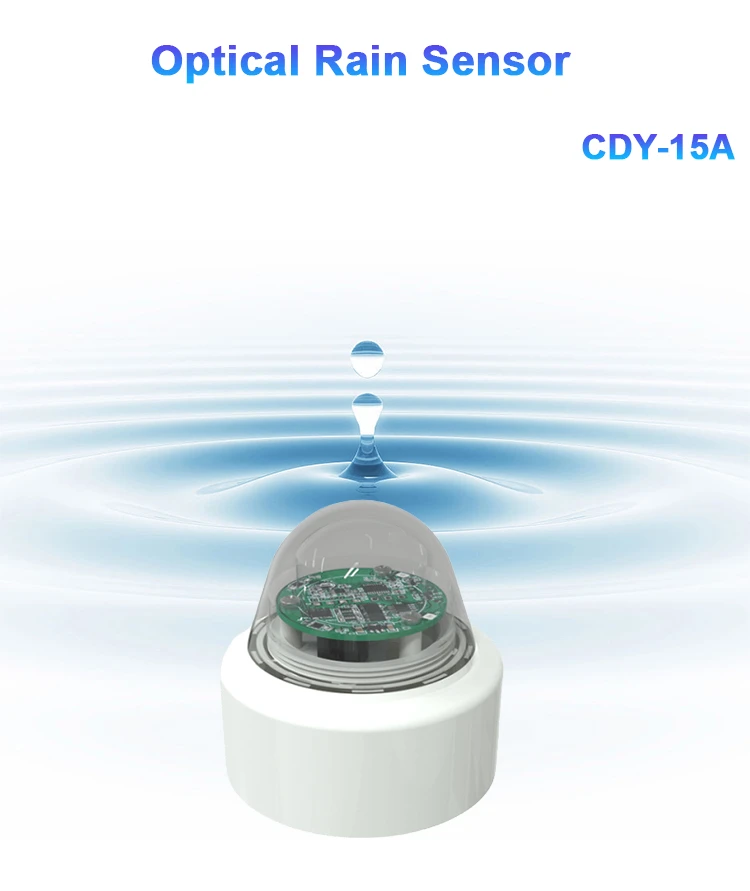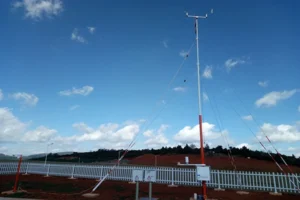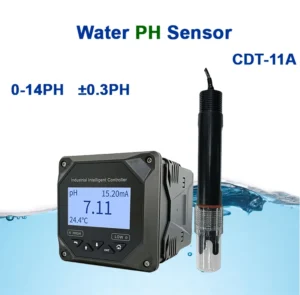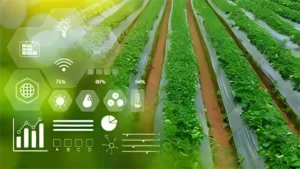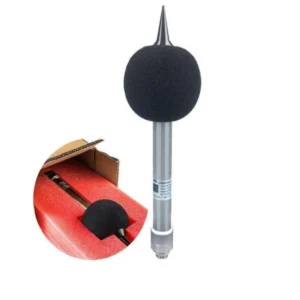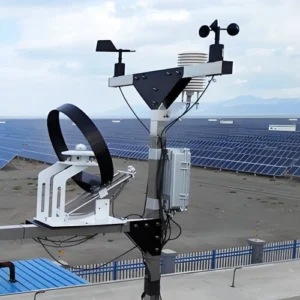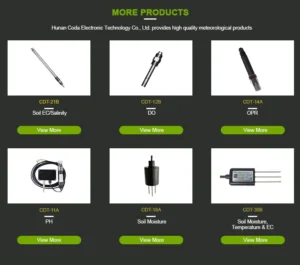What is Optical Sensor
In a time of great technology, optical sensor have become crucial in many industries. They change how we detect, measure, and interact with our world. But what exactly is an optical sensor? An optical sensor is a device that detects light signals. It measures these signals and changes them into electrical signals. You can use this data for further processing and analysis. This article will explore the working principles, types, applications, and future trends of optical sensors.
Working Principles
At the heart of an optical sensor lies the principle of light – matter interaction. When light hits an object or a medium, its properties can change. These properties include intensity, wavelength, polarizing effect, and phase. The designers create the optical sensor to capture these changes and translate them into meaningful information.
Typically, an optical sensor consists of three main components: a light source, a sensing element, and a detector. The light source emits light and directs it toward the object or area that you want to measure. The sensing component can be a light-sensitive material, a fiber optic probe, or a micro-optical structure. It interacts with light. It changes its properties based on what someone measures. This can include temperature, pressure, distance, or chemical concentration. Finally, the detector captures the modified light signal and converts it into an electrical signal. An electronic circuit can then process this electrical signal to obtain the desired measurement result.
For example, in a simple light – intensity optical sensor, the light source emits a beam of light. When the light encounters an object, the object reflects some of it back to the detector. The amount of reflected light depends on the surface properties of the object and its distance from the sensor. The detector measures the intensity of the reflected light and converts it into an electrical current or voltage. By analyzing this electrical signal, the sensor can determine the presence, distance, or reflectance of the object.
Types of Optical Sensors
Optical sensor can be classified into several types basedr on their working principles and applications:
Photoelectric Sensors
Photoelectric sensors are one of the most common types of optical sensors. They operate on the photoelectric effect, where light incident on a light-sensitive material causes the emission of electrons, generating an electrical current. You can further divide photoelectric sensors into through-beam sensors, diffused-reflective sensors, and retro-reflective sensors. Through-beam sensors have a separate transmitter and receiver. They detect an object by interrupting the light beam between them. Diffused reflective sensors detect light that bounces off an object’s surface. Retro-reflective sensors use a reflector to send the light back to the receiver. These sensors are widely used in industrial automation, robotics, and security systems for object detection, counting, and position sensing.
Fiber Optic Sensors
Fiber optic sensors utilize optical fibers as the sensing medium. The optical fiber can send light over long distances with little loss. It is also not affected by EM-based interference. This makes it good for tough environments and remote sensing uses. Fiber optic sensors can measure a wide range of physical quantities, such as temperature, pressure, strain, and chemical concentration. In a fiber optic temperature sensor, the fiber’s refractive index changes with temperature. This change affects how light travels through the fiber. By measuring these changes in the light signal, the temperature can be accurately determined. Fiber optic sensors are commonly used in aerospace, oil and gas exploration, and medical diagnostics.
Spectroscopic Sensors
Spectroscopic sensors analyze the interaction of light with matter at different wavelengths. Each substance has a unique spectral signature, which can be used to identify and quantify it. Spectroscopic sensors include ultraviolet-visible (UV-Vis) spectrometers, infrared (IR) spectrometers, and Raman spectrometers. Researchers use these tools for chemical analysis, environmental monitoring, and food quality control. An IR spectrometer can find specific chemical bonds in a sample. It measures how much infrared light absorbs at certain wavelengths. This allows for the identification of pollutants in the environment or the analysis of the composition of food products.
Applications
The multi-functionality of optical sensor has led to their widespread adoption in numerous fields:
Industrial Automation
In manufacturing plants, optical sensors play a vital role in quality control, process monitoring, and automation. They help find where parts are on a production line. They also measure the size of components and check for correct assembly. For example, photoelectric sensors can sense products moving on a conveyor belt. They can trigger actions like sorting, packaging, or checking quality. Fiber optic sensors can monitor the temperature and strain of machine parts. They give early warning signs of possible failures. This helps prevent expensive downtime.
Healthcare
In the medical field, optical sensors are used for non – invasive and minimally invasive diagnostic and monitoring applications. Pulse oximeters use optical sensors to measure how much oxygen is in the blood. They do this by analyzing how hemoglobin absorbs light at different wavelengths. Optical fibers are used in endoscopy. They send light to light up internal organs and send images back to the surgeon. Also, scientists are creating spectroscopic sensors to detect diseases early. These sensors analyze the chemical makeup of body fluids or tissues, like in cancer detection.
Environmental Monitoring
Optical sensors are essential for monitoring environmental parameters, such as air quality, water quality, and weather conditions. Spectroscopic sensors can find pollutants in the air. These include sulfur dioxide, nitrogen oxides, and particulate matter. Fiber optic sensors can measure temperature, pH, and dissolved oxygen in water. They provide important data for protecting the environment and managing water resources. In weather monitoring, optical sensors are used in devices like pyranometers and ceilometers. Pyranometers measure solar irradiance, while ceilometers measure cloud height.
conclusion
Optical sensors are a fascinating and rapidly evolving technology with a wide range of applications. Their skill in detecting and measuring light signals with great accuracy makes them essential in today’s technology. As research and development go on, optical sensors will play a bigger role in many industries. They will also help improve our quality of life.
